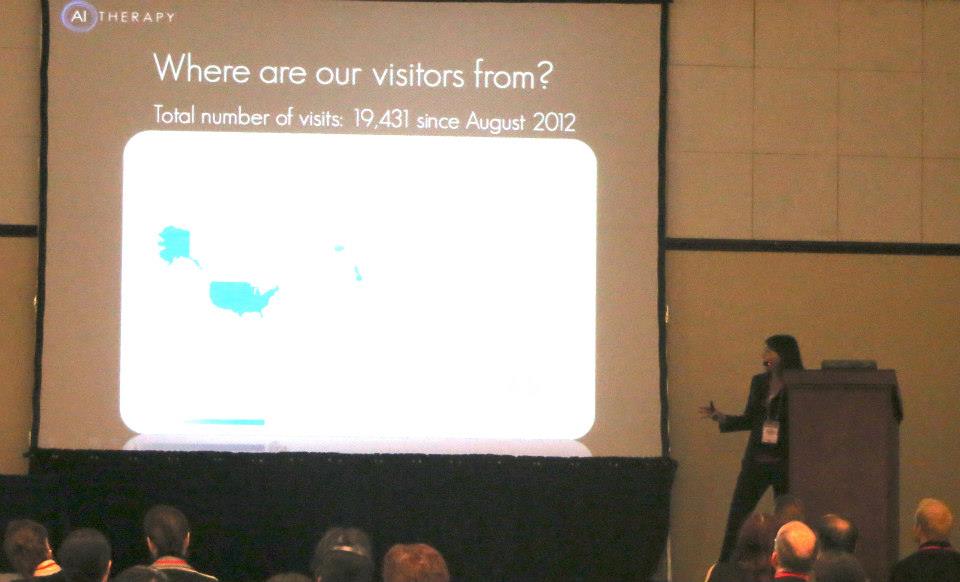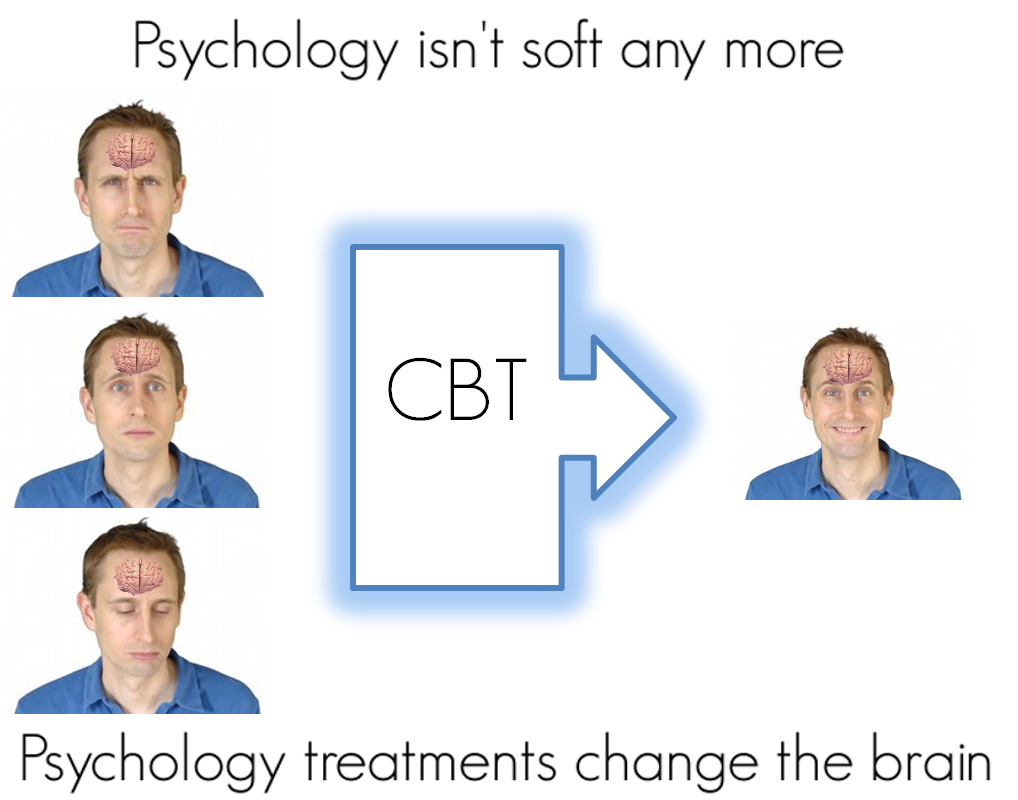When someone is angry, quite often our immediate reaction is to tell them to calm down. However, have you ever noticed that telling someone to calm down can actually make them angrier?
In this blog, I’m going to discuss the reasons why some people get angry, and share some strategies to help prevent future outbursts.
Many of us have been in this situation:

The anger stimulus could have been many different things: an upsetting email, Microsoft Word’s AutoCorrect feature, Manchester United losing a match you had a bet on, or pictures of an ex-partner on Facebook. Whatever it was, the ancient “fight” response has been activated and blood is pumping through your body. You find yourself in what seems like a uncontrollable rage. However, the belief that anger is uncontrollable in some situations is largely a myth!
One of the most common misconceptions about anger is that it is best to “let it all out”. This comes from the faulty reasoning that pressure builds up inside of us, and screaming, kicking and shouting is necessary to release it. The truth (according to the latest scientific findings) is that screaming, kicking, shouting or acting out in other ways only makes a person’s anger problem worse in the long term! I am now going to discuss one reason why many people get angry, and provide an effective way for dealing with some types of anger.
 We all react differently to frustrating and difficult situations. Many of us burst out in anger. A lot of anger outbursts happen due to our internal rules being broken. These rules can be due to moral or ethical reasoning. For example, when you hear about someone being cruel to a child. This anger may be justified, and is therefore difficult to address. However, some of our “rules” are much less clear cut. These are rules that have been created (or learned from family, friends or colleagues) about how we feel the world SHOULD work.
We all react differently to frustrating and difficult situations. Many of us burst out in anger. A lot of anger outbursts happen due to our internal rules being broken. These rules can be due to moral or ethical reasoning. For example, when you hear about someone being cruel to a child. This anger may be justified, and is therefore difficult to address. However, some of our “rules” are much less clear cut. These are rules that have been created (or learned from family, friends or colleagues) about how we feel the world SHOULD work.
Consider this example: a few weeks ago I was taking a bus from the airport, and the driver was being very rude to me and everyone else. I was little upset, and found myself thinking “the driver SHOULD be more helpful to me and the other passengers”. Another passenger was also upset by the driver’s behaviour, and got in a heated argument. It actually escalated to a point where they were both yelling at each other. Almost certainly, the driver was motivated by SHOULD statements of his own. For example, “everyone SHOULD sit down so I can catch up on my schedule!”. Both parties felt violated, but was it really worth the outbursts?
One of the ideas behind cognitive behaviour therapy (CBT) is to identify and challenge or modify unhelpful thinking patterns, including these SHOULD thoughts.
Let’s look at some more examples of should statements, and consider advantages and disadvantages of believing them:
Everyone should always treat me nicely
| Benefit |
Cost |
| I will be happy when I am treated nicely. |
A major disadvantage of this ‘should’ is that it is unrealistic. It is a fact that some people are rude and inconsiderate. If I think that all people should treat me nicely, I will become infuriated every single time it doesn’t happen. I will experience anger and frustration regularly. This thought is actually making me upset. |
Dropping a belief like this is not an easy task. We all have a sense of justice in our head, encoded by our internal rules. However, unfortunately the world isn’t always a fair place. For example, some people are too entitled, selfish or narcissistic to care about the impact they are having on other people. Therefore, it is inevitable that we will encounter people who do not treat us nicely. In fact, we should actually EXPECT it to happen from time to time. If something happens that we are expecting, we are a lot less likely to get angry because of it, and we can learn to think of better strategies to deal with it.
I should always say “yes” to requests from others
| Benefit |
Cost |
| Immediately after I say “yes” to other people’s requests I feel relieved to get them off my back. |
I will probably be taken advantage of in my personal and professional relationships. I will end up doing lots of things that I really would prefer to avoid. I will end up feeling overburdened. I will end up bitter and resentful of the demands of others. |
Once again, this example shows how an internal rule can end up causing unnecessary distress. On the surface it seems reasonable, but if interpreted too strictly, it can lead to anger. For example, it may lead you to expect everyone else to always say “yes” to you, and may cause distress when this turns out not to be so.
Incidentally, SHOULD statements, and a deeper discussion about their role in your mood, are the topic of Part 5 of the AI-Therapy treatment program. The program also identifies your specific SHOULD thoughts, and formulates a CBT intervention to target them.
Back to the original question regarding anger myths and facts: how can you prevent outbursts? In the short term, try not to allow yourself to “let it loose”, as this can lead to a pattern of learned behaviour that is only supporting the anger response. It is better to step back, and try to remove yourself from the situation until the anger wave has passed. Every time you successfully stop an outburst before it happens, the better you become at it. Practice, practice, practice.
In the long term, you should take a close look at your internal rules (i.e. your SHOULD statements). It is very likely that some of these are underpinning your anger. Once you have identified your SHOULDs, CBT can be used to target them.
The world isn’t always a fair place, and it never will be. We can do our best to make it a better place, but we can’t always control the actions of others. However, you can learn to control your reactions to perceived wrongs.

Fjola Helgadottir, PhD, MClinPsych, is a clinical psychologist, a senior research clinician at the University of Oxford, and is a co-creator of AI-Therapy.com, an online CBT treatment program for overcoming social anxiety






